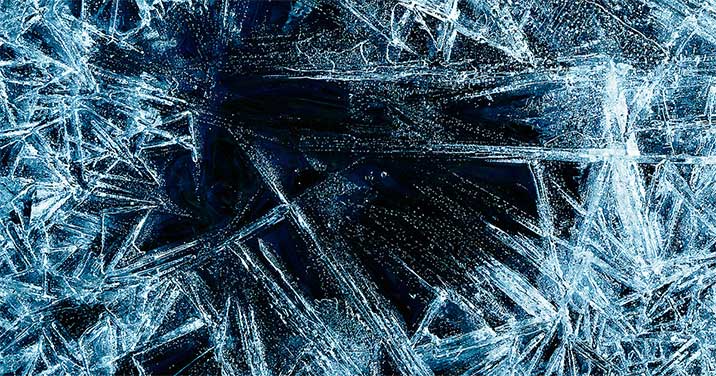
Turning Water Into A Solid Without Freezing It
Sounds bizarre, to be sure. Yet that is exactly the findings discovered by a team of researchers at MIT. To understand exactly how profound this new discover really is, start with a review of the current understanding of the dynamics of water molecules. Recall that the current accepted properties of water are that the boiling point is 212 degrees Fahrenheit while the freezing point is 32 degrees Fahrenheit.
But get this: the MIT researchers uncovered a rather intriguing oddity of water molecules. It seems that in extremely small spaces, water acts remarkably different. So much so, that water can “freeze” or solidify at temperatures significantly higher than 32 degrees Fahrenheit. Now do understand that this sort of thing is happening in a tiny environment.
How tiny? Think an environment the size of nanotubes. As you might well remember from you college physics courses, a nanotube is, at its most basic, a molecule arranged in a tubular shape that is comprised of a large number of carbon atoms. Or, to put it another way, you can think of a nanotube as a cylindrical material with a diameter that works out to be about 10,000 times smaller than a human hair. Are you getting a grasp on how small these nanotubes really are?
Back to MIT and the research team findings. It turns out that the researchers uncovered a rather startling effect of nanotubes and water. Apparently, water molecules can and do solidify when trapped inside nanotubes. But the most incredible facet of this discovery is that these water molecules actually solidify or “freeze” at temperatures that would normal produce boiling.
In the words of one of researchers, Michael Strano, a professor of chemical engineering at MIT: “…if you confine a fluid to a nanocavity, you actually distort its phase behavior”. Note that here Strano is referencing how a material changes between a solid, a liquid and a gas. Interestingly, although the researchers did anticipate such an effect, the actual magnitude of the effect was much higher than expected. Per Strano: “the effect is much greater than anyone anticipated”.
So what does all of this mean? Of course you can and do understand that this research is still in the earliest stages of investigation. Nevertheless, there are already some intriguing possibilities on the horizon. How about a “wire” that is constructed of solidified water trapped inside nanotubes? That would allow for highly efficient transmission mechanisms for protons since the fact of the matter is that water conducts protons at least 10 times more efficiently than other materials in use today.
Bottom line: the researchers at MIT have uncovered an intriguing set of unexpected effects of water molecules in nanotubes. Keep a watch for applications of this discovery coming soon.









